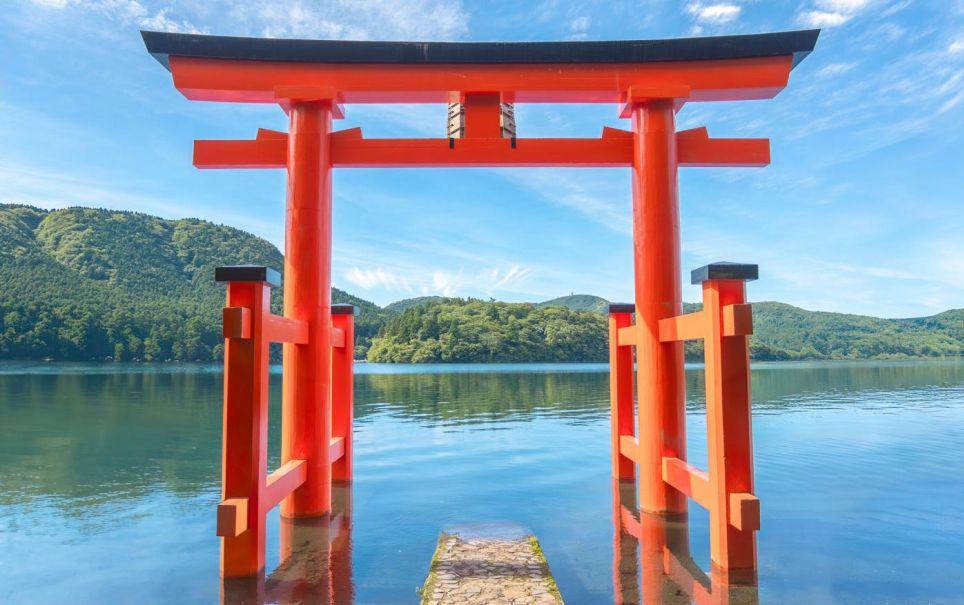Spots Atraction
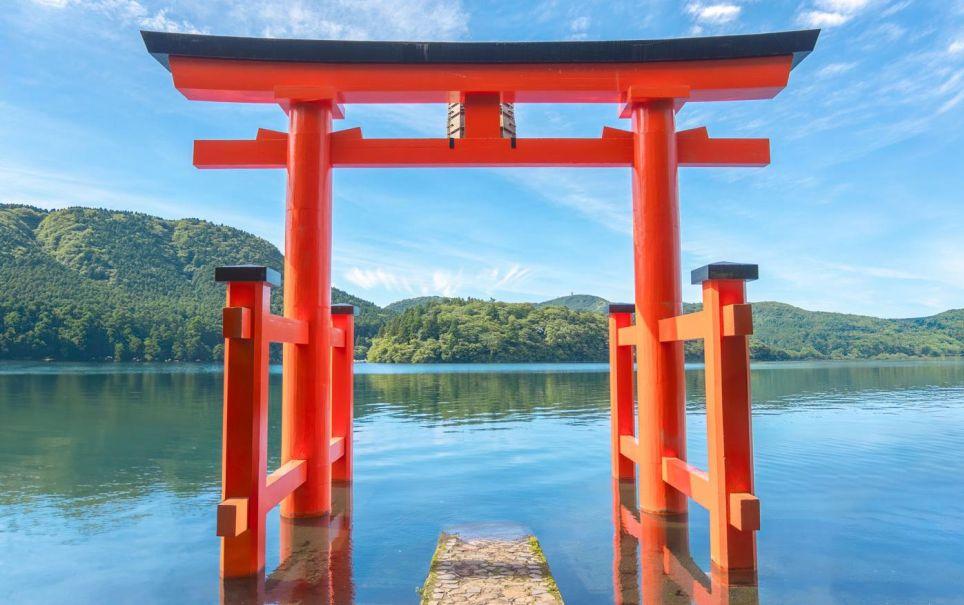
HAKONE OPEN-AIR MUSEUM
The Hakone Open- THE HAKONE OPEN-AIR MUSEUM is the first open-air museum in Japan built in HAKONE with the aim of harmonizing nature and art. The biggest feature is the large number of outdoor exhibits. It is an art museum where you can enjoy art while looking up at the sky at times and experiencing the world view inside the works of art.
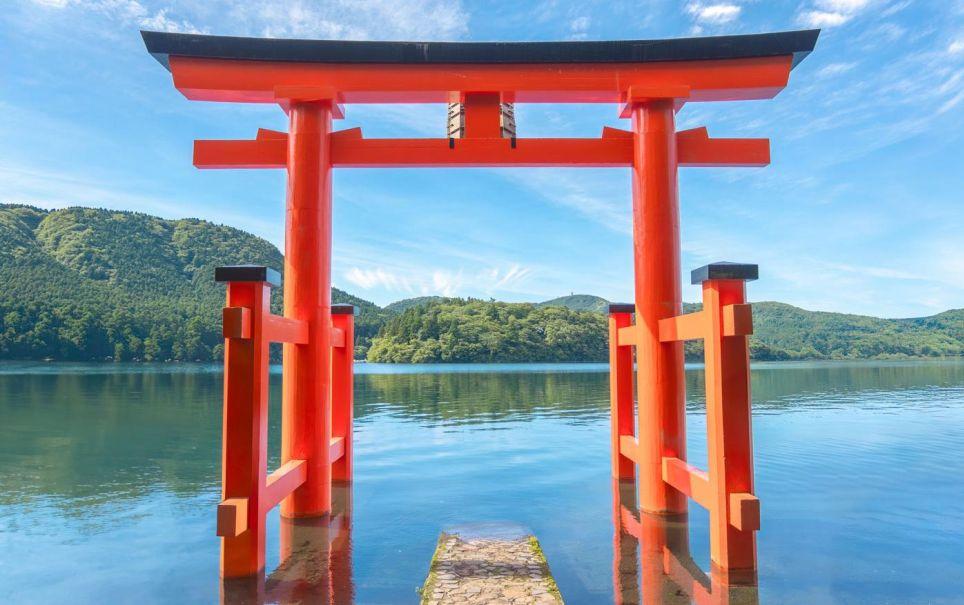
Narukawa Art Museum
The museum boasts a view of Lake Ashi and Mt. Fuji. It houses 4,000 masterpieces of modern Japanese painting and changes its exhibitions four times a year according to the seasons. There is also a tea lounge with a great view.

Hakone Sekisho Exhibition Hall
Hakone Sekisho (checkpoint) is an important historical site of transportation in the Edo period. For its restoration, the skills and tools of the craftsmen at that time were used, and after about 150 years, it reappeared on the shores of Lake Ashi.
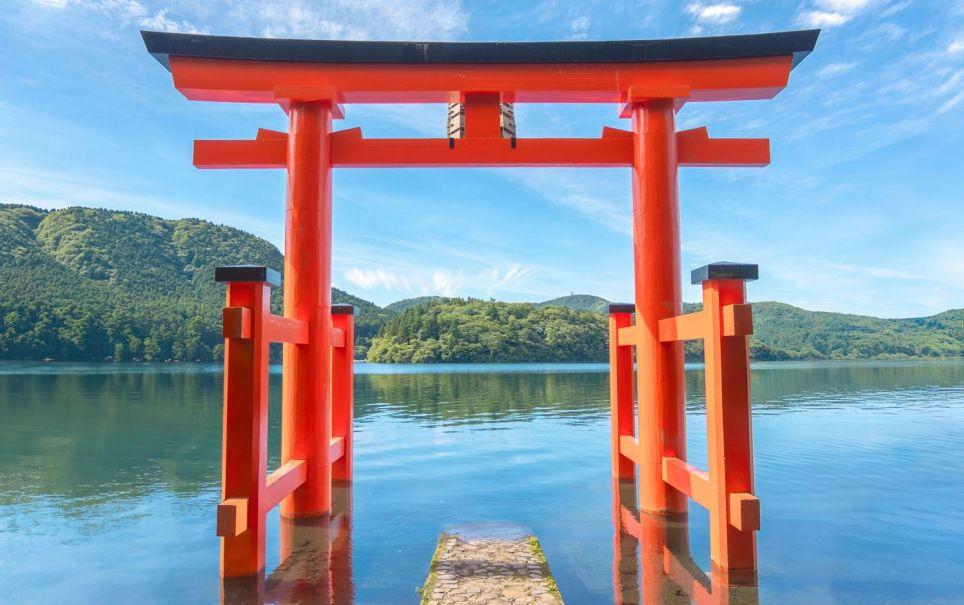
Lake Ashinoko with Torii
The underwater torii of Hakone Shrine is a popular "Instagrammable" spot in Hakone. Many people, including foreign tourists, visit every day. The view of the Peace Torii floating on Lake Ashi, which can be seen from the "Hakone Narukawa Art Museum," with Mount Fuji in the background, is also famous as a scenery that symbolizes Hakone. (The letters of "Peace" on the torii can be seen when boarding the Lake Ashi pleasure boat or the Hakone Sightseeing Cruise).
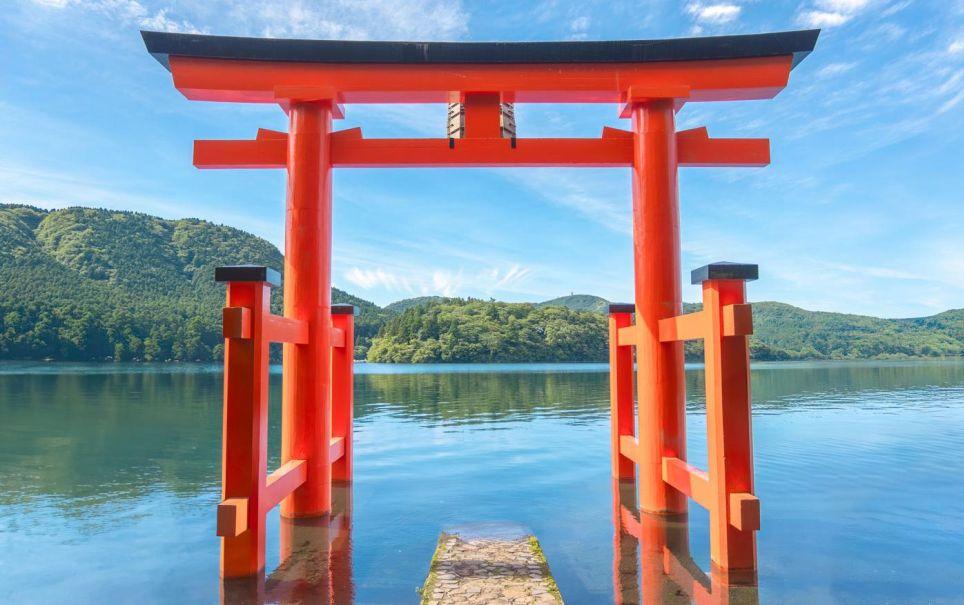
Sengokuhara Pampas Grass Field
It is one of the "50 scenic spots of Kanagawa" and "100 selections of flowers of Kanagawa". From the grasslands that undulate with green in spring and golden in autumn, you can see a harmonious landscape of the outer rim mountains such as Mt. Kintoki and the wetlands. Every year, in order to protect the natural system, mountain burning is carried out on days with little wind in mid- to late March.
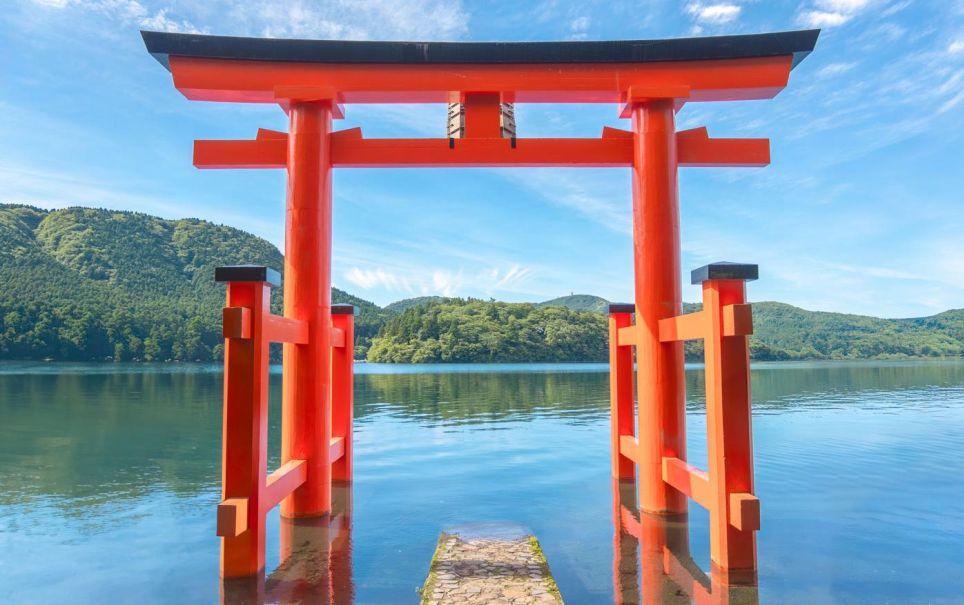
Pola Museum of Art
Monet, Picasso, Fujita... and contemporary artists. The museum houses cosmetic tools and crafts that are close to the beauty of the times, and a variety of works. From one work to each individual's sensibility. Delivering the power of art as it is, along with curation for resonance. Something that is not in urban museums.

Hakone Venetian Glass Museum
The Hakone Venetian Glass Museum is a museum specializing in Venetian glass, located in the lush greenery of Hakone Sengokuhara. In the garden overlooking Owakudani, a collaboration of seasonal flowers and crystal glass shining in the sunlight awaits you. After viewing the art, please enjoy an elegant time at the museum shop, cafe, and restaurant.
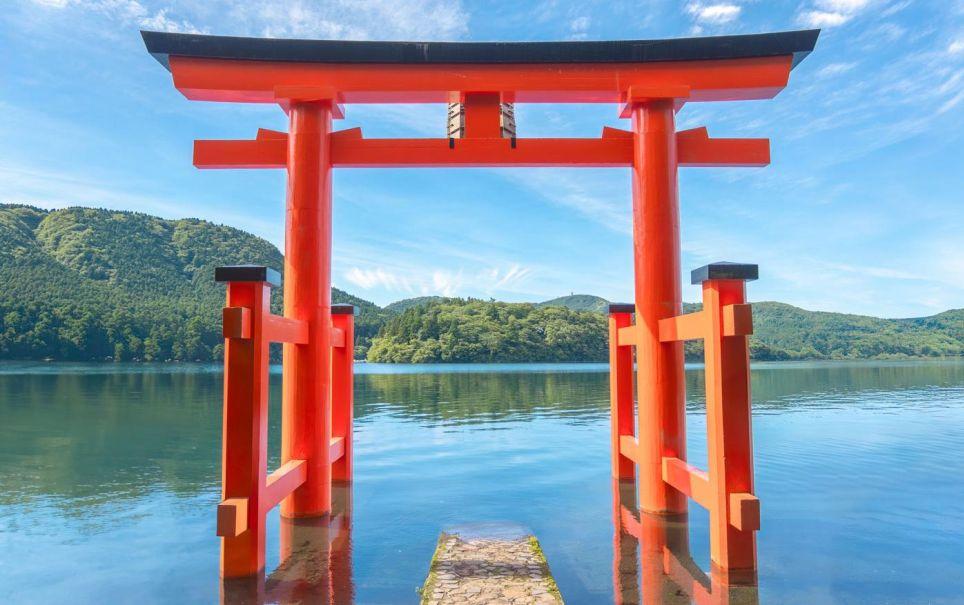
Owakudani Valley
約3000年前,箱根火山發生水蒸氣爆炸導致山崩,堆積物覆蓋地表。 接著在約2900年前,發生小規模的火山碎屑流,形成了冠岳。這兩次火山碎屑物和山崩造成的堆積物之間,就是現在被稱為大涌谷的地方。從山谷的各個角落都噴出白煙,呈現出其他地方看不到的奇異氛圍。大涌谷是箱根的代表性觀光景點,充滿了看點。
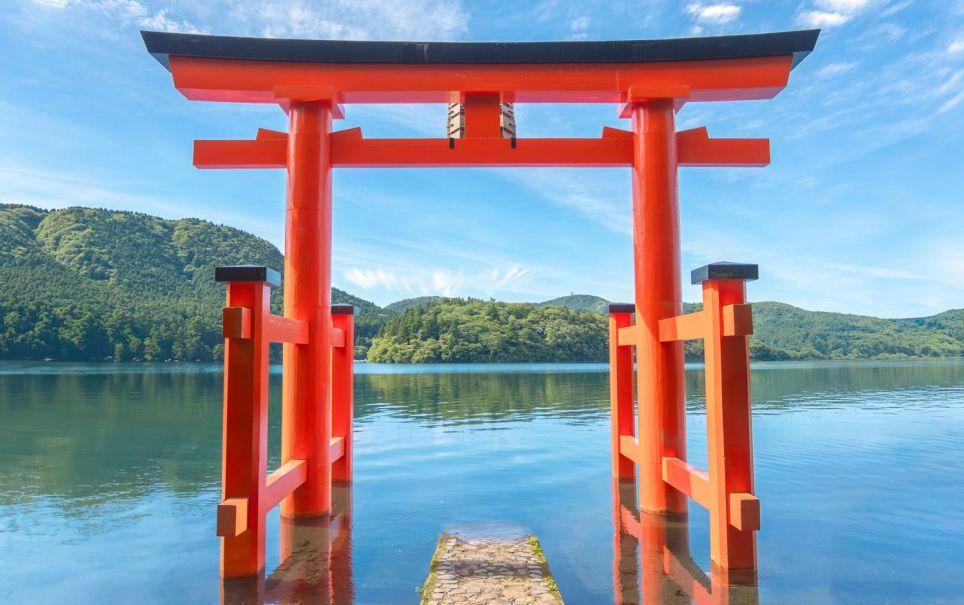
Okada Museum
The Okada Museum of Art is located in Kowakudani, Hakone. It houses a collection of art from ancient to contemporary times, primarily from Japan, China, and Korea. Various artworks are displayed in the spacious five-story venue, including hanging scrolls, folding screens, ceramics, earthenware figurines (dogu and haniwa), lacquerware, and Buddhist statues.

Gora Park
Hakone Gora Park, which opened in 1914 (Taisho 3), is home to a variety of flowers such as cherry blossoms, azaleas, hydrangeas, and roses, and is also a famous flower viewing spot. In addition, the park is equipped with facilities such as a tea ceremony room, pottery/glassblowing workshops, and a botanical garden, making it attractive because you can experience various activities all at once
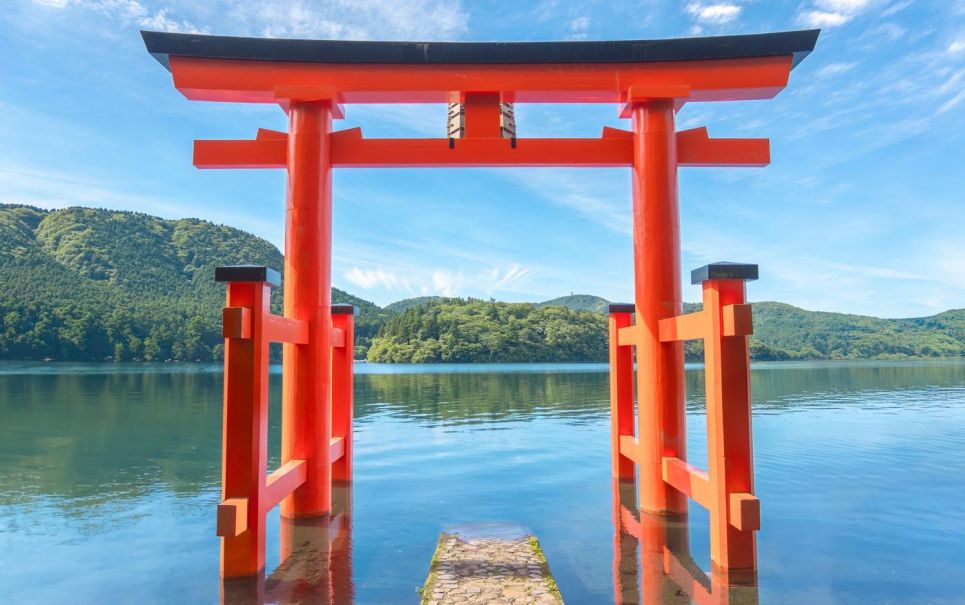
Lake Ashinoko with Torii
The underwater torii of Hakone Shrine is a popular "Instagrammable" spot in Hakone. Many people, including foreign tourists, visit every day. The view of the Peace Torii floating on Lake Ashi, which can be seen from the "Hakone Narukawa Art Museum," with Mount Fuji in the background, is also famous as a scenery that symbolizes Hakone. (The letters of "Peace" on the torii can be seen when boarding the Lake Ashi pleasure boat or the Hakone Sightseeing Cruise).
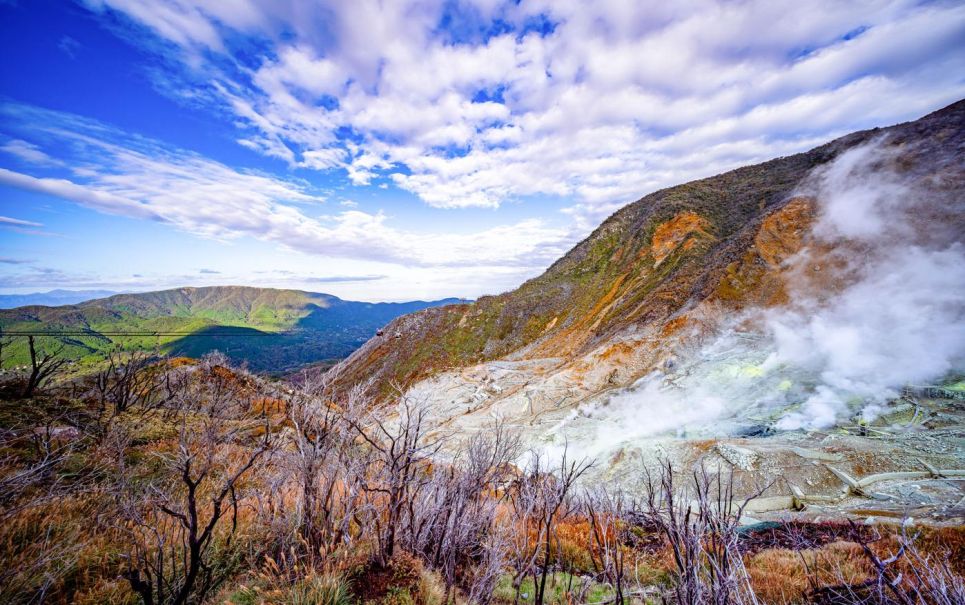
Owakudani Valley
About 3000 years ago, a phreatic eruption at Hakone Volcano caused a landslide, covering the ground with sediment. Furthermore, about 2900 years ago, a small-scale pyroclastic flow occurred, creating Mt. Kanmuri. The area between these two pyroclastic flow deposits and the landslide deposits is now called Owakudani, where white smoke blows out from all over the valley, creating an unusual atmosphere that cannot be seen elsewhere. Owakudani is a typical tourist spot in Hakone, full of attractions!
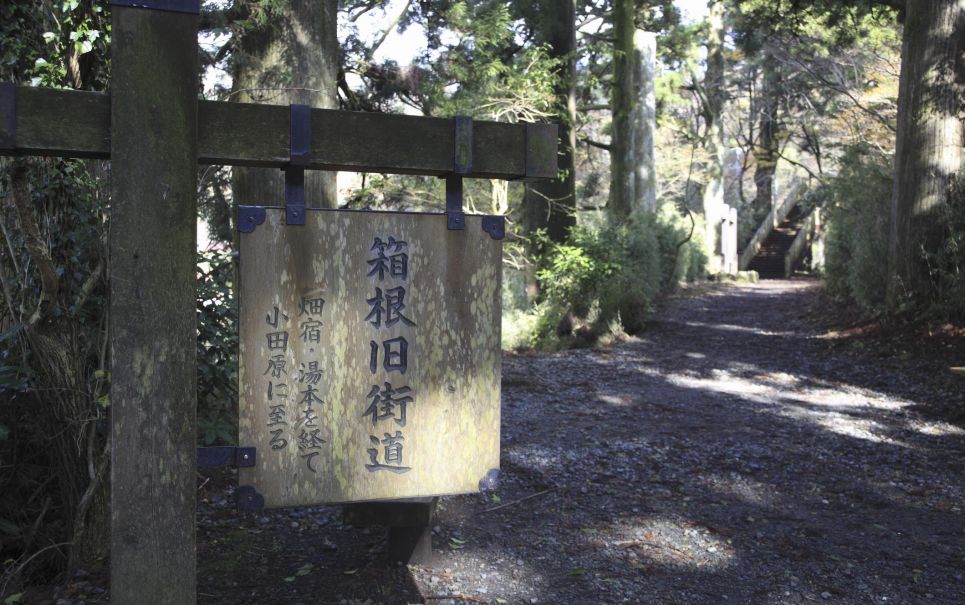
箱根舊街道石疊
箱根舊街道石疊起源於日本江戶時代(1603年至1868年),原為連結東京和京都間東海道道路的一部分。為了改善箱根山區道路坡度陡峭且泥濘難行的情況,當時特意鋪設了石板道路。如今,這條歷史悠久的石板路仍保存完整,成為箱根地區具有代表性的觀光景點之一。

